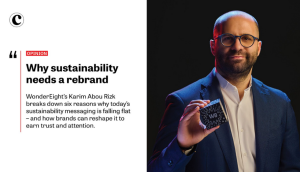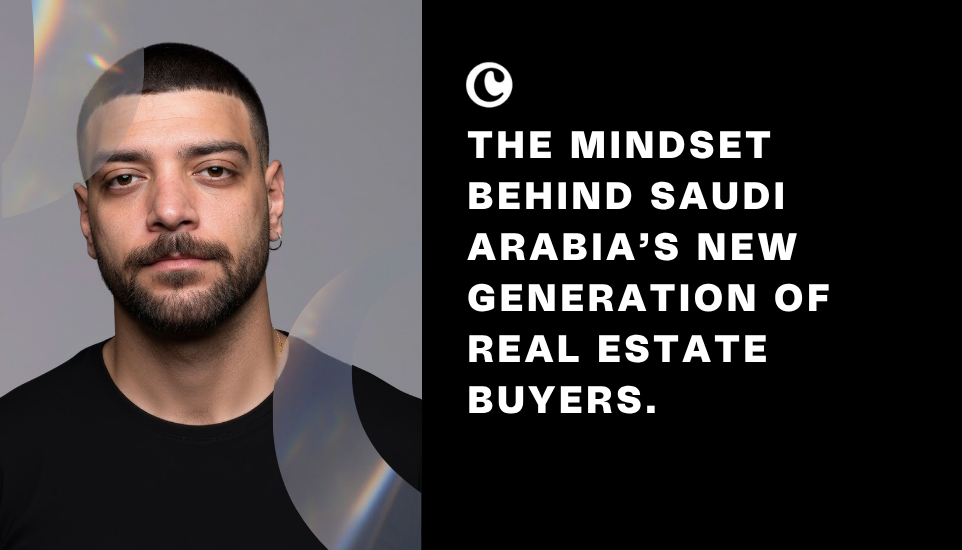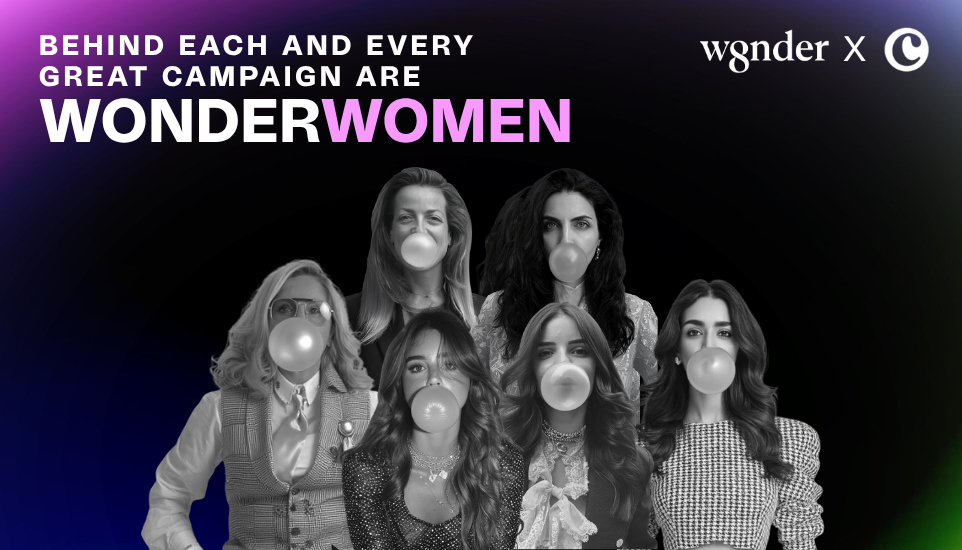Our News
Why Sustainability Needs a Rebrand
Sustainability is no longer a niche topic or an optional value add. It is a non-negotiable business imperative. But the way we communicate sustainability hasn’t kept up. Many of today’s brand narratives around ESG feel like background noise: vague promises, generic imagery, and language that lacks impact or trust. The communication gap isn’t due to lack of interest; it is due to a lack of clarity and creativity.
This is especially true in sectors like food and beverage, where sustainability touches everything from packaging to sourcing to daily consumption. Governments across the region are setting clear benchmarks. Saudi Arabia’s Vision 2030 and the UAE’s Net Zero 2050 strategy are shifting the private sector’s role from compliance to leadership. Meanwhile, socially conscious consumers are growing in number and influence. But too often, the brand stories lag behind the actual progress.
If sustainability is now part of the business model, it needs to become part of the brand story. It must be embedded into how we design identities, shape messaging, and engage audiences.
So, what’s holding brands back?
- Vague words, missed meaning
Terms like “eco-friendly,” “green,” or “planet-positive” are overused and under-explained. A more effective approach is to translate sustainability into real, personal benefits. Say the product uses 30 percent less plastic. Say the refill model saved 5,000 bottles. When the message is clear and the benefit is tangible, people pay attention. - Data needs storytelling
Facts are not enough. Numbers require context. Instead of saying a plant-based meal saves water, equate it to the impact of skipping three showers. Instead of citing reduced emissions, translate that into a relatable everyday action. When data becomes human, it becomes powerful. - Reimagine the look of sustainability
The visual language of sustainability is stuck in the past. Earthy tones, leaves, and recycling icons once signaled purpose, but today they blend in. To stand out, brands must reinvent the aesthetic. Bold colors, unexpected typography, humor, and cultural relevance can all convey sustainability without falling into cliché. - Purpose isn’t a performance
Consumers are increasingly skeptical of perfection. They want honesty, not moral superiority. Brands that acknowledge their journey build more credibility than those that posture. Transparency, humility, and progress are far more powerful than virtue signals. - ESG needs to be participatory
Whether it’s social impact, environmental change, or governance reform, audiences want to be part of the mission. Campaigns that invite participation from community-driven challenges to co-created product lines outperform those that speak from the top down. Sustainability shouldn’t just be told, it should be lived together. - Governance deserves attention
Sustainability isn’t just about the planet. It’s about how businesses are run and how people are treated. Clear governance practices, whether ethical sourcing, transparency in production, or DEI commitments can and should be part of the brand narrative. These are not back-end strategies; they are forward-facing values.
Across the GCC, we are seeing brands start to embrace this shift. Food brands are rethinking packaging not just for shelf appeal but for recyclability. Regional tech platforms are introducing energy-efficient features and inclusive hiring. Government-backed programs are giving sustainability innovation a proper stage. But communication still needs to catch up.
The opportunity is clear. A rebrand of sustainability doesn’t mean just polishing the message. It means giving it emotional resonance, creative expression, and cultural relevance. It means treating ESG not as a CSR checkbox but as a central pillar of how the brand lives in the world.
For creative teams, this opens new doors. Designing for impact. Messaging with meaning. Building brand experiences that aren’t just responsible, but remarkable.
Because if the stories we tell about sustainability don’t evolve, the world-changing work being done behind the scenes risks going unnoticed. The business case will be missed. And the public trust will erode.
Sustainability needs a rebrand. Not for appearance, but for impact.
Karim Abourizk is CEO and Partner at WonderEight, a global branding and creative agency with offices in Beirut, Riyadh, Dubai, San Francisco, and London. He leads the agency’s design, experience, and innovation practice with a focus on future-first, human-centered solutions.




